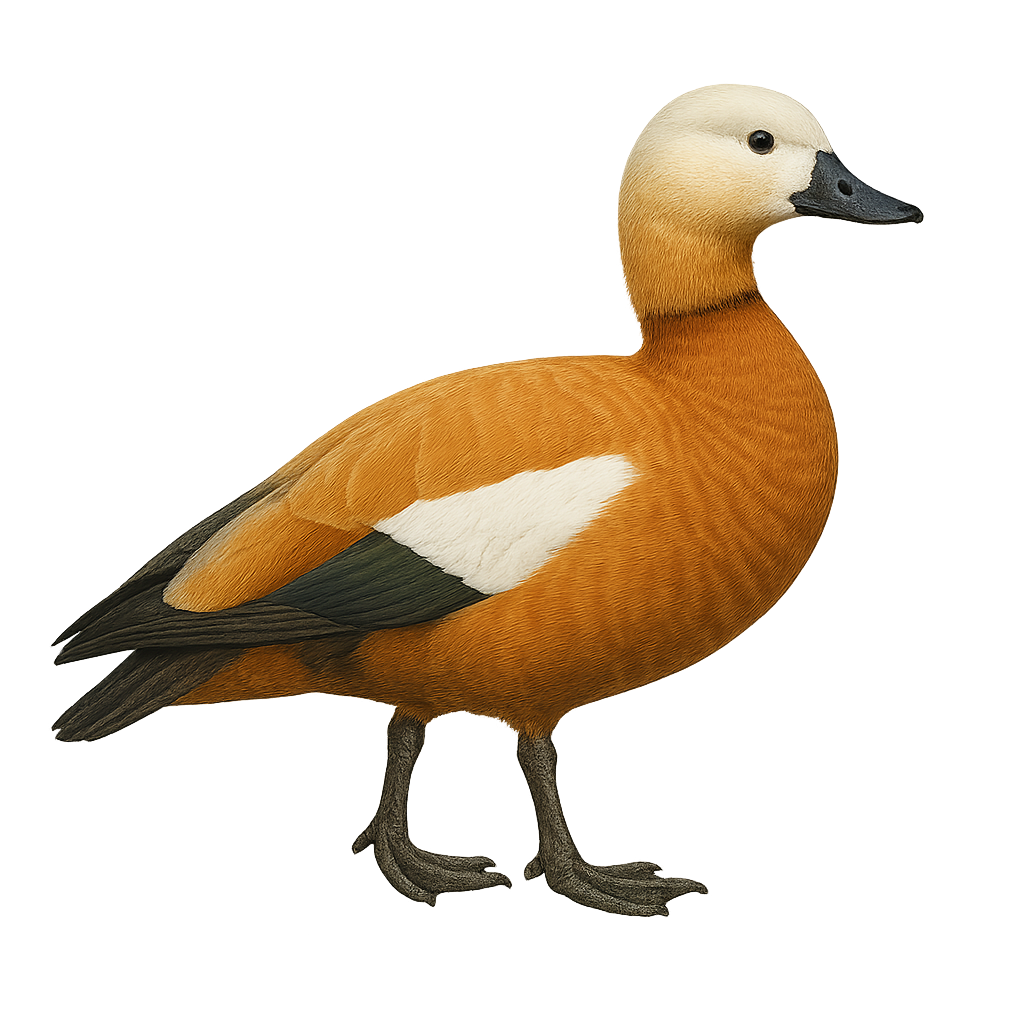Your wildlife photography guide.
Explore the ruddy shelduck in detail, study its behavior, prepare your shots.
Where to observe and photograph the ruddy shelduck in the wild
Learn where and when to spot the ruddy shelduck in the wild, how to identify the species based on distinctive features, and what natural environments it inhabits. The WildlifePhotographer app offers tailored photography tips that reflect the ruddy shelduck’s behavior, helping you capture better wildlife images. Explore the full species profile for key information including description, habitat, active periods, and approach techniques.
Ruddy Shelduck
Scientific name: Tadorna ferruginea

IUCN Status: Least Concern
Family: ANATIDAE
Group: Birds
Sensitivity to human approach: Suspicious
Minimum approach distance: 10 m
Courtship display: March to May
Incubation: 27-29 jours
Hatchings: April to June
Habitat:
Lakes, rivers, marshes
Activity period :
Primarily active during the day, with peak activity in the morning and late afternoon.
Identification and description:
The Ruddy Shelduck, or Tadorna ferruginea, is a medium-sized waterfowl known for its striking orange-brown plumage and pale head. Males and females look similar, though males have a black neck ring during the breeding season. This bird favors open habitats near freshwater, such as lakes and rivers. It is primarily herbivorous, feeding on aquatic plants, but may also eat insects and small invertebrates. The Ruddy Shelduck is a partial migrant, moving southward in winter. It is often seen in pairs or small groups and is known for its distinctive, melodious call.
Recommended lens:
400 mm – adjust based on distance, desired framing (portrait or habitat), and approach conditions.
Photography tips:
To photograph the Ruddy Shelduck, aim for the golden hours of morning or evening to take advantage of soft light that will highlight its rufous plumage. Use a telephoto lens of at least 400mm to capture details without disturbing the bird. Be patient and discreet, as this bird is suspicious. A tripod can be helpful to stabilize your camera, especially when using a long focal length. Try to capture the bird in flight to showcase the beauty of its spread wings.
The WildlifePhotographer App is coming soon!
Be the first to explore the best nature spots, track rutting seasons, log your observations, and observe more wildlife.
Already 1 432 wildlife lovers subscribed worldwide

